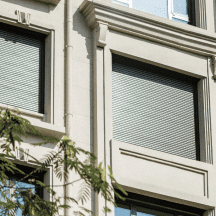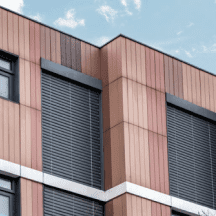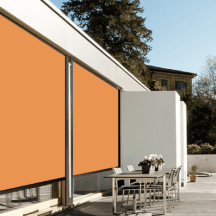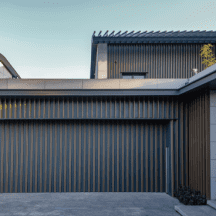MEDIA CENTER
Aug 16th, 2024
Comparing Exterior Shading Solutions for Buildings
In modern architectural design, shading is a crucial element that not only enhances the aesthetic appeal of a building but also effectively reduces energy consumption and improves indoor comfort. With advancements in building materials and technology, exterior shading solutions have become increasingly diverse. This article will analyze several common exterior shading methods, exploring their advantages and disadvantages to help architects, developers, and owners choose the most suitable option.
Fixed Shading Devices
Features:
Fixed shading devices are typically made from aluminum, wood, or concrete and are installed outside windows or building facades. The design must consider the angle of the sun to ensure that the shading blocks sunlight in summer while allowing it to enter the interior during winter.
Advantages:
High Durability: Fixed shading devices are generally made from long-lasting materials that require little maintenance.
Significant Energy Savings: By blocking direct sunlight, they reduce indoor temperatures, thereby decreasing the need for air conditioning.
Aesthetic Appeal: Flexible designs can blend seamlessly with the architectural style, enhancing the visual effect of the building.
Disadvantages:
Lack of Flexibility: Once installed, they cannot be adjusted according to seasonal or weather changes.
High Cost: Initial costs can be high, especially when using premium materials or complex designs.
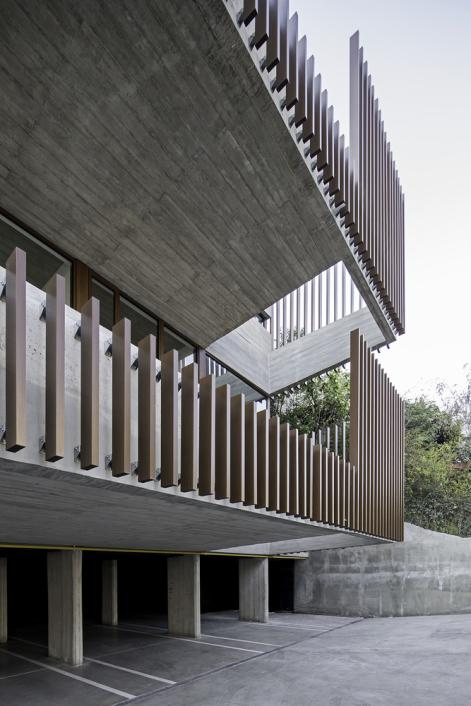
Operable Louvers
Features:
Operable louvers consist of a series of adjustable slats that can be manually or electronically controlled to regulate the amount of light and heat entering the interior.
Advantages:
High Flexibility: Can be adjusted as needed to optimize shading for different seasons and weather conditions.
Good Ventilation: Allows natural ventilation while providing shade, improving indoor air quality.
Energy Efficient: Reduces reliance on air conditioning and lighting by controlling light and ventilation.
Disadvantages:
High Maintenance Costs: With many moving parts, regular maintenance is required to prevent jamming or damage.
Complex Installation: Installation and tuning require professional expertise, leading to higher initial installation costs.
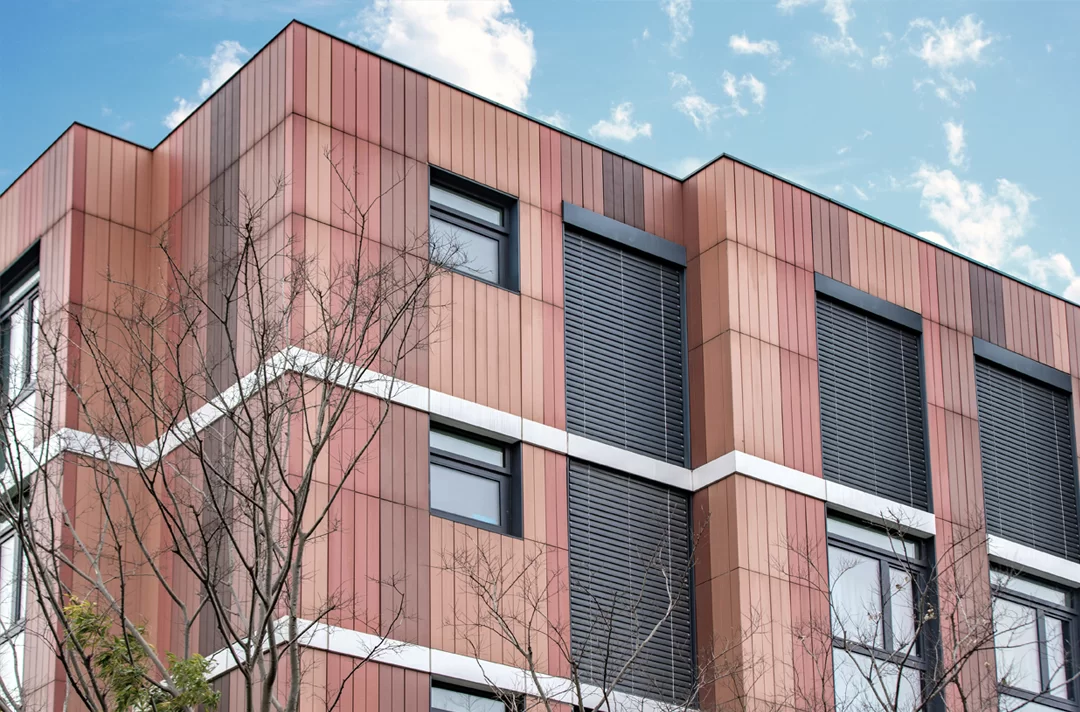
Exterior Roller Blinds
Features:
Exterior roller blinds are typically made from fabric, metal, or composite materials and can be manually or electronically operated, allowing the blinds to be rolled up or down to control shading.
Advantages:
Effective Shading: Can completely block direct sunlight, especially useful in hot summers.
Privacy Protection: When lowered, they protect indoor privacy, preventing outside observation.
Flexible Operation: Can be adjusted at any time to suit different lighting conditions.
Disadvantages:
Relatively Low Durability: Prolonged exposure to the external environment may cause materials to age or fade.
Limited Aesthetic Appeal: Poor design can detract from the overall beauty of the building.
Impact from Wind: May require additional securing in strong winds to prevent damage.
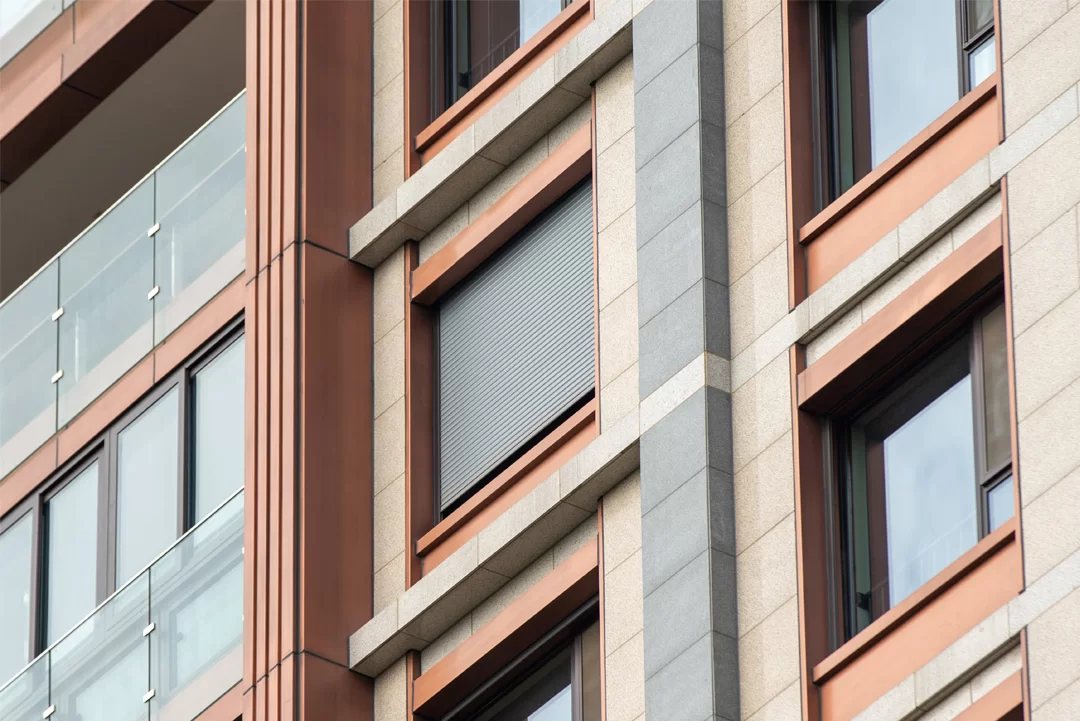
Shading with Glass Facades
Features:
Glass facades can achieve shading through the installation of low-emissivity glass, built-in shading blinds, or smart glass that adjusts transparency.
Advantages:
Modern and Aesthetic: Glass facades have a modern feel and can enhance the stylishness of a building.
Natural Lighting: Provides excellent natural light while still offering shading.
Smart Control: Can automatically adjust light transmission through smart systems, achieving automated shading.
Disadvantages:
High Costs: The cost of high-tech materials and systems like smart glass can be very high.
Dependence on Technology: Relies on complex technology and systems, which can be difficult to maintain if they fail.
Limited Insulation Performance: Even low-emissivity glass does not insulate as effectively as traditional shading methods.
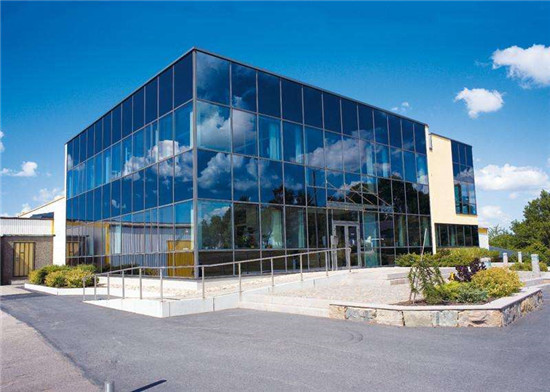
Conclusion:
Each type of exterior shading solution has its pros and cons. Choosing the right solution requires careful consideration of the building’s functional needs, budget, climate, and aesthetic appeal. In practice, a combination of multiple shading methods is often used to achieve optimal results. For example, fixed shading devices can be combined with operable louvers to ensure energy efficiency while providing flexibility. I hope this comparative analysis will offer valuable insights for your architectural design.
Contact us

Kevin
Account Manager

info@ulepanda.com

+86 18551587339

+86 18551587339


